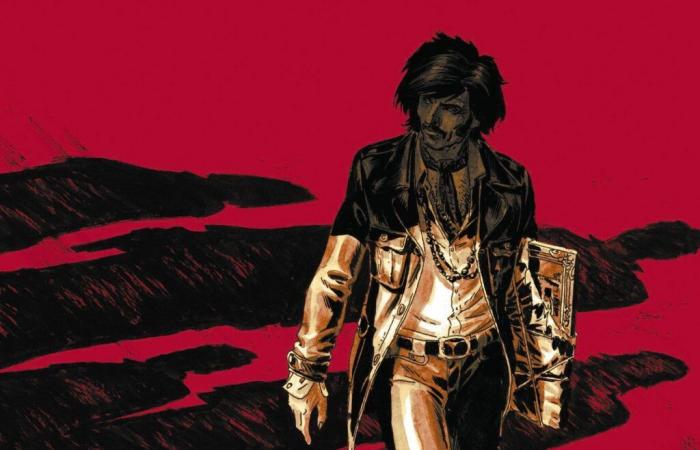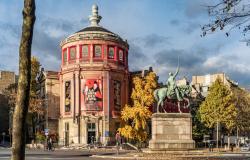
An adrenaline shot on the edge of a thriller and a journalistic account of political violence from the post-1968 period until the Mitterrand years. This is the ambition of “l’Escamotor”, a new and exciting dive into the upheavals of the history of the Philippe Collin-Sébastien Goethals duo. Just like in “The Journey of Marcel Grob” or “the Homeland of the Werner brothers”, it focuses on singular, emblematic characters torn by the contradictory injunctions of their country of origin or adoption, of a constrained or desired identity.
“The Escamotor” takes its title from a painting by Hieronymus Bosch, stolen in 1978 from the Saint-Germain-en-Laye museum by a commando including Jean-Marc Rouillan, future member of Action Directe (AD). Because the story revives the ideological conflicts of the 1970s and the temptation of the armed struggle of a revolutionary left in the right line of the Italian Red Brigades or the German Red Army Faction.
In the footsteps of Rouillan, Ménigon, Aubron and Cipriani
Paradoxically, the hero of the book, Gabriel Chahine, frequented the far-left terrorist movement without ever being part of it. And for good reason, this Lebanese artist, with a dandy look, played double agents in the service of the RG with rare flair.
In addition to a two-tone drawing which accentuates the vintage effect, the authors navigate with talent between Toulouse and Paris in the footsteps of Rouillan, Ménigon, Aubron and Cipriani, the hard core of AD. Without forgetting the anti-terrorist networks and their police and political ramifications. The most striking thing remains the way in which the authors reveal the seams of their investigation in a fascinating mise en abyme.
Failing to unravel the true motivations of the protagonist, “The Escamotor” imposes itself with its density, its scriptwriting and graphic qualities. With pending, an implicit address to readers: does the end justify the means?
The Escamotor, by Philippe Collin and Sébastien Goethals, Futuropolis, 324 pages.
Closer to those who create
Humanity always claimed the idea that culture is not a commoditythat it is a condition of political life and human emancipation.
Faced with liberal cultural policies, which weaken the public service of culture, the newspaper reports on the resistance of creators and all cultural personnel, but also on the solidarity of the public.
Unusual, daring and unique positions are the hallmark of the newspaper’s culture pages. Our journalists explore behind the scenes of the world of culture and the genesis of the works who make and shake up the news.
Help us defend an ambitious idea of culture!
I want to know more!





